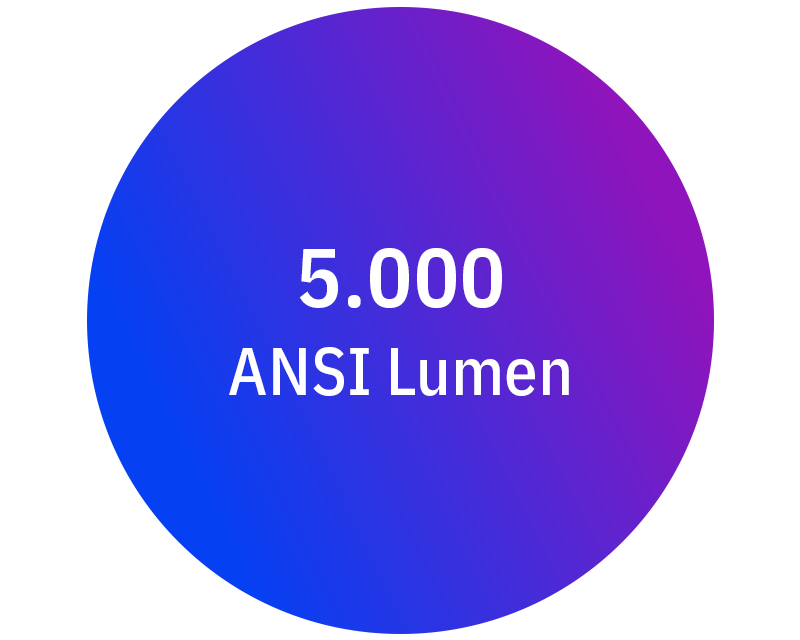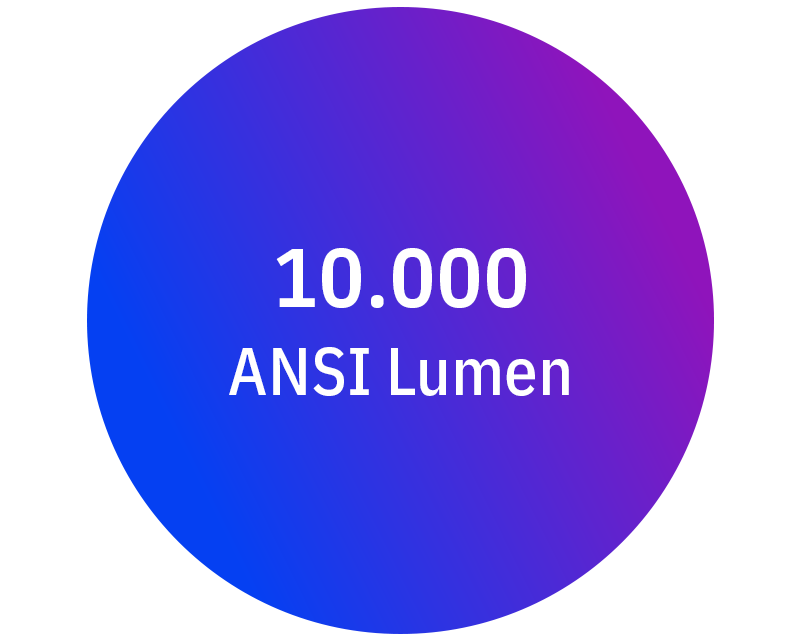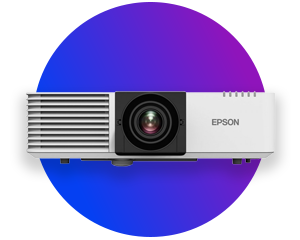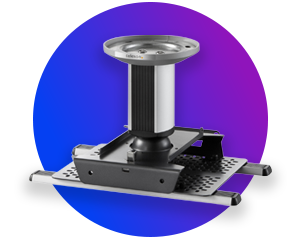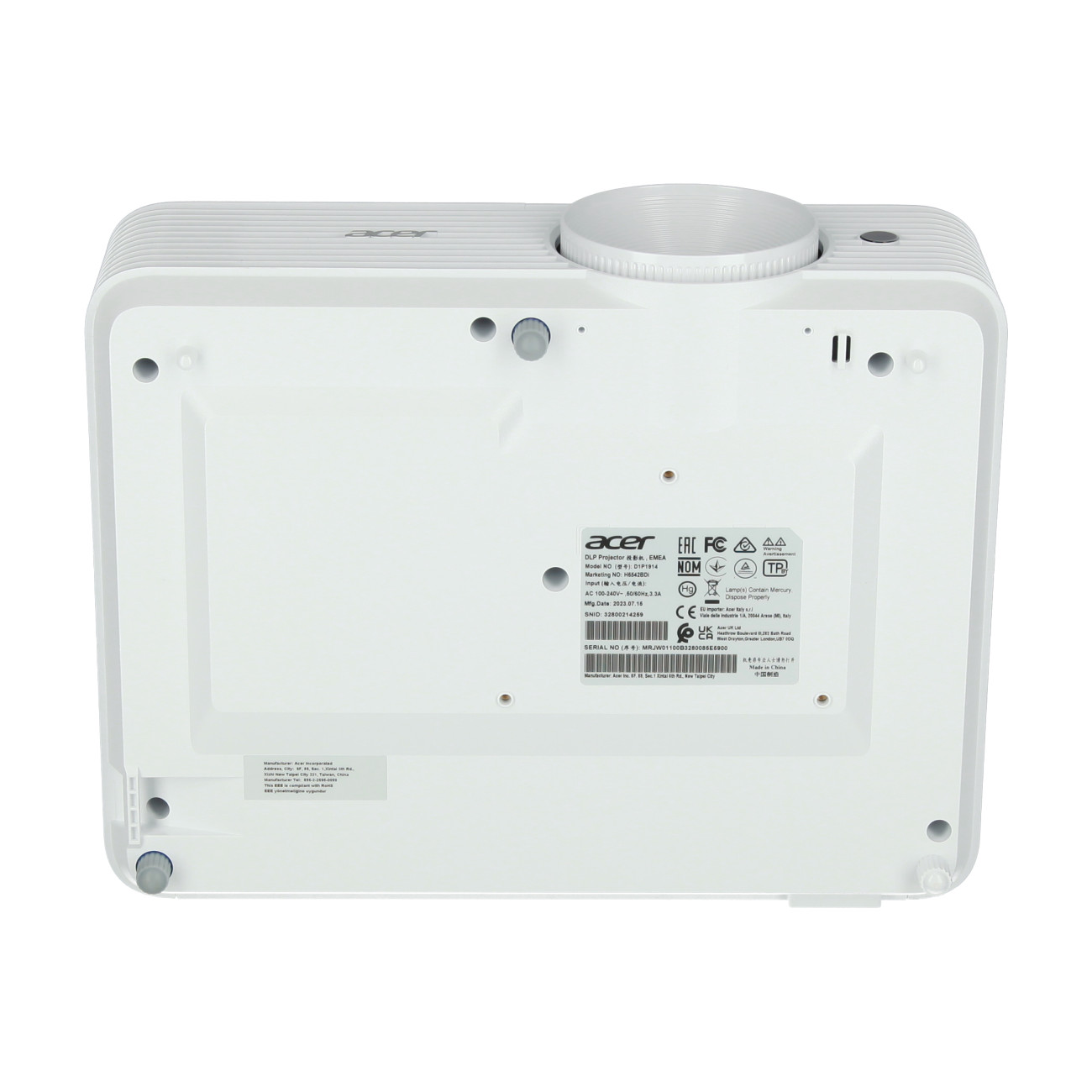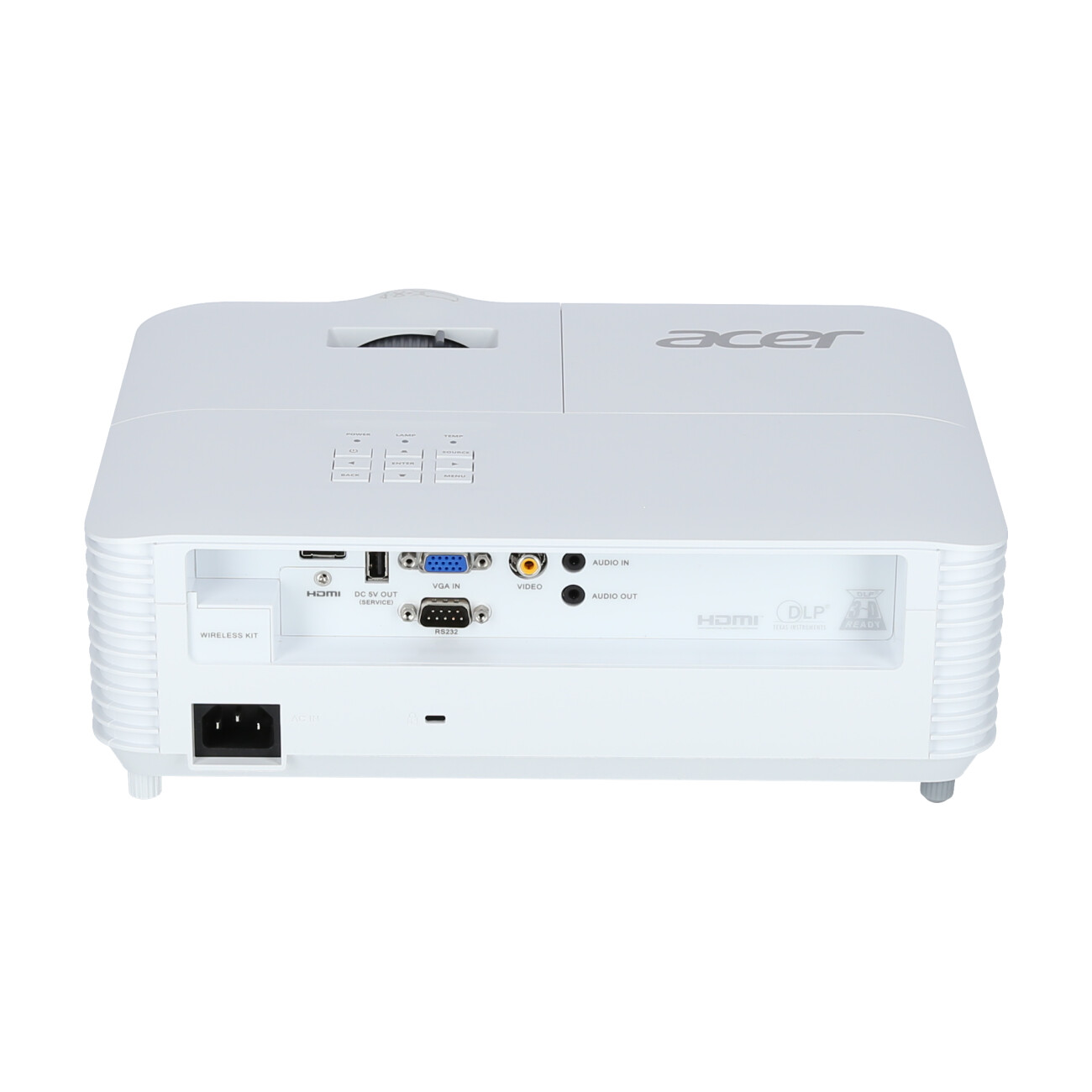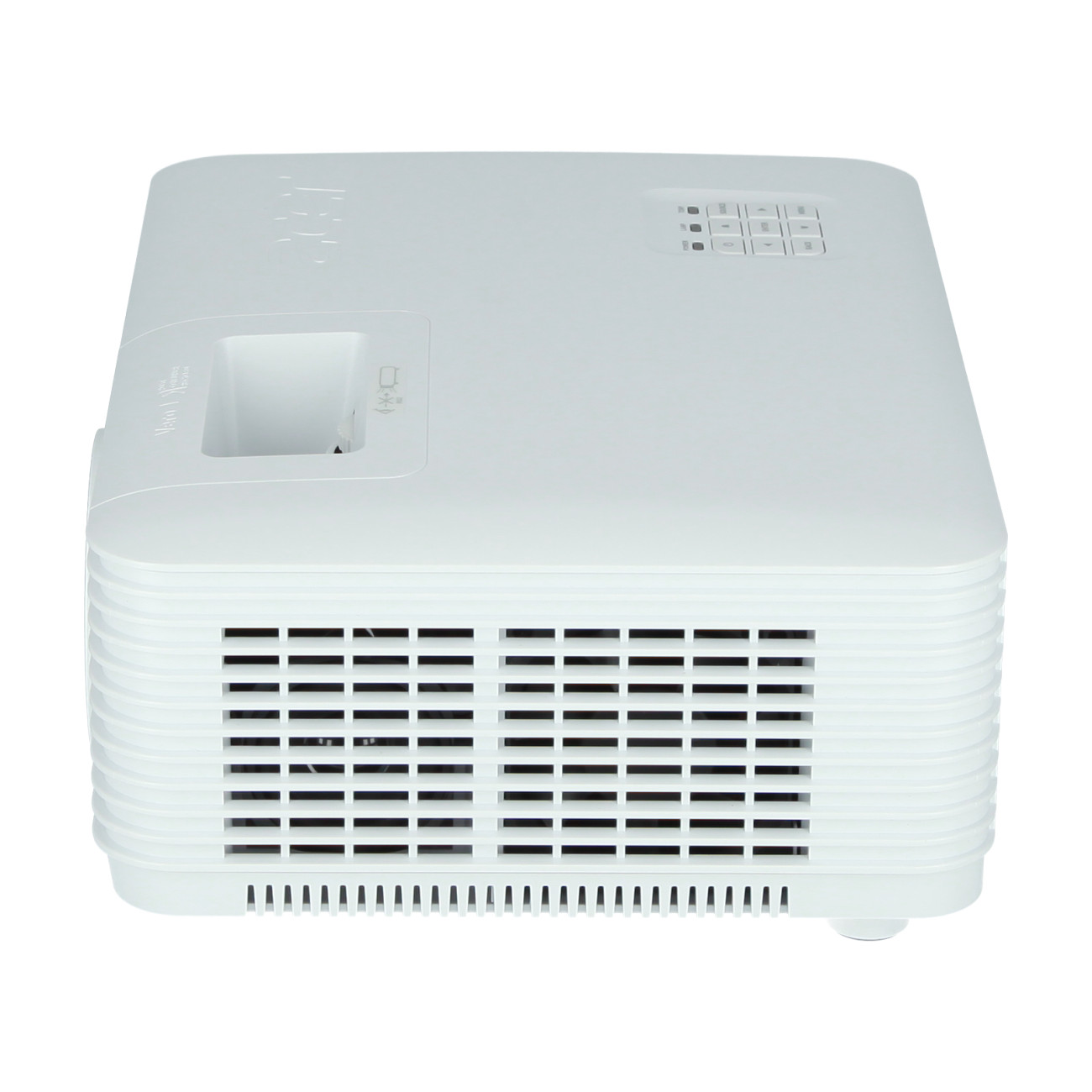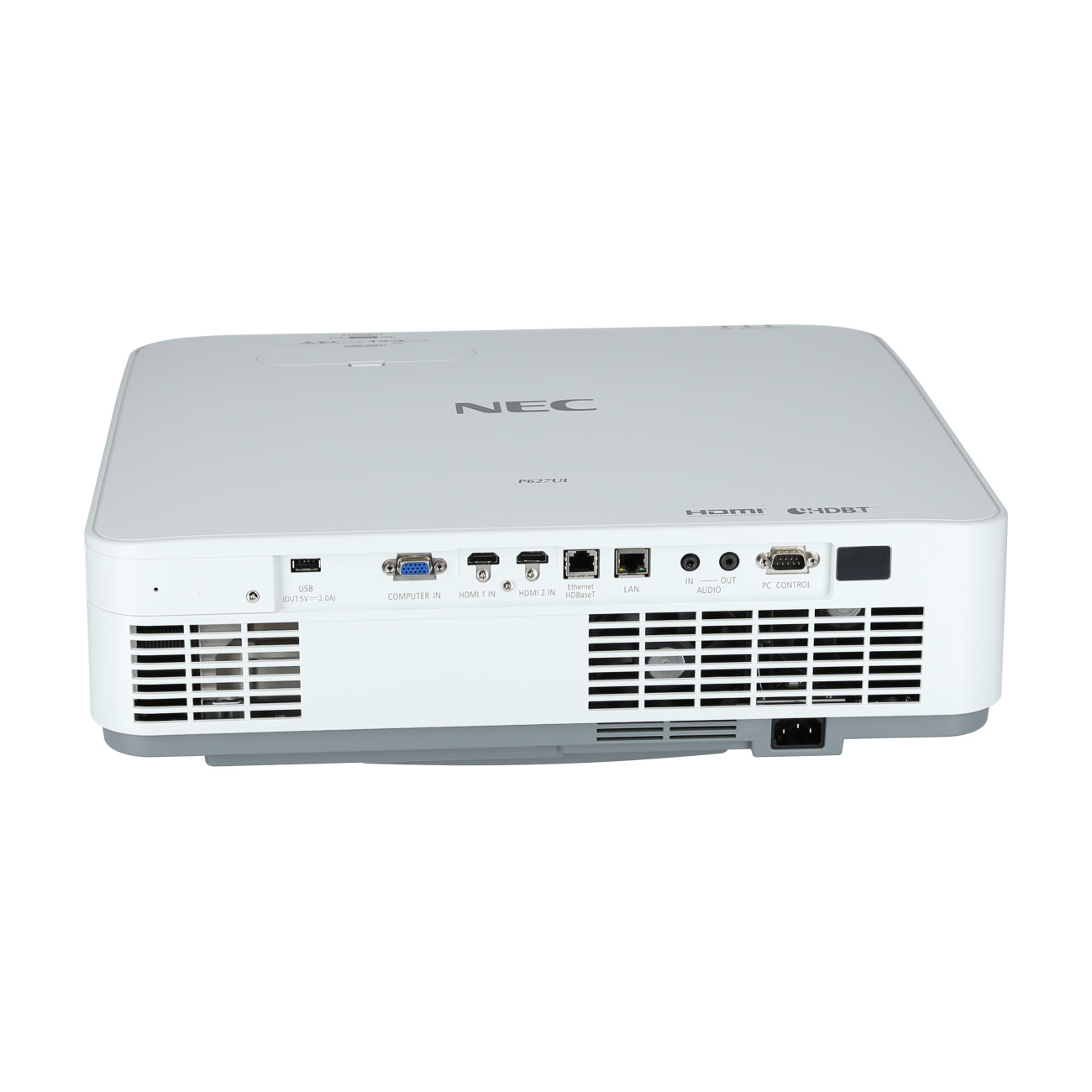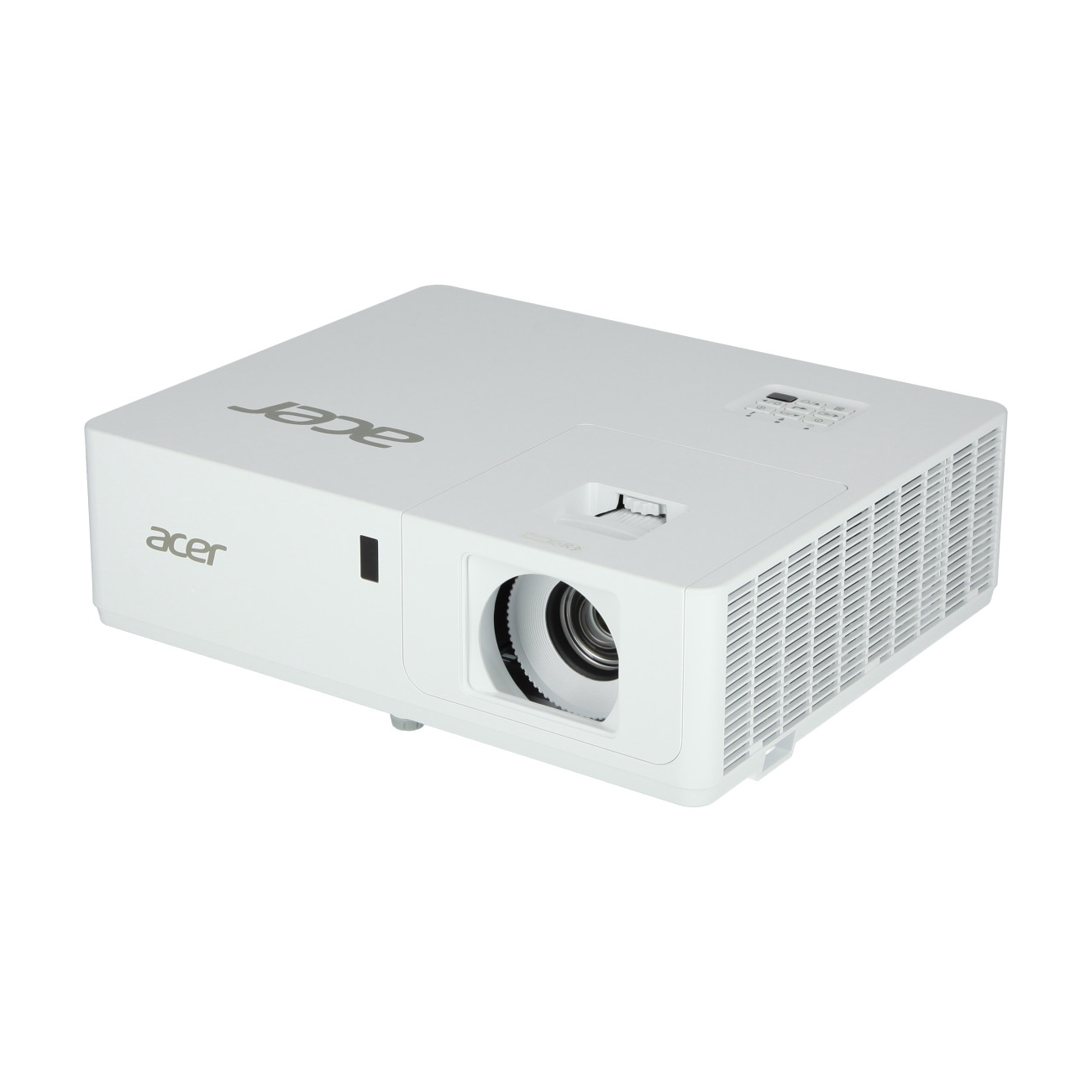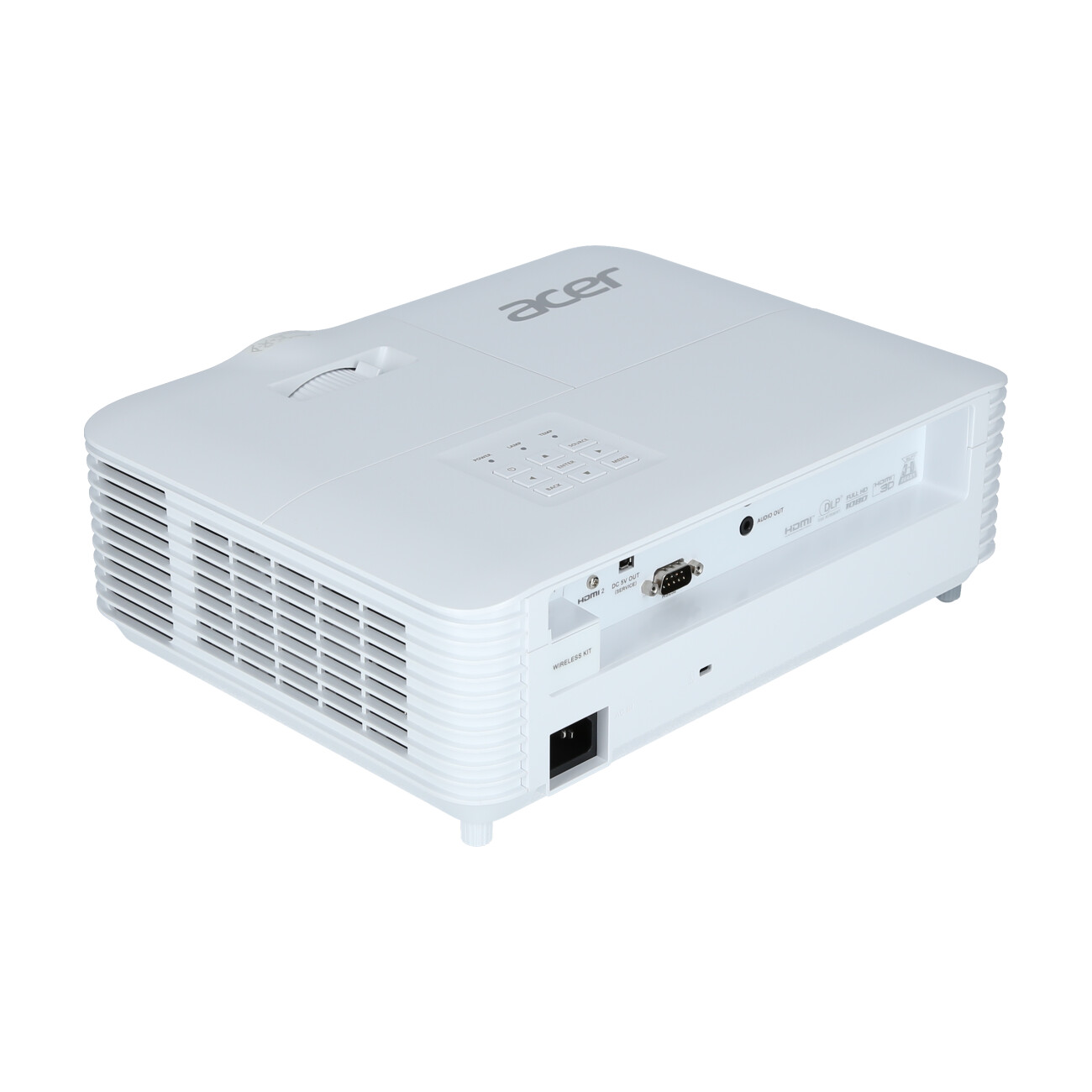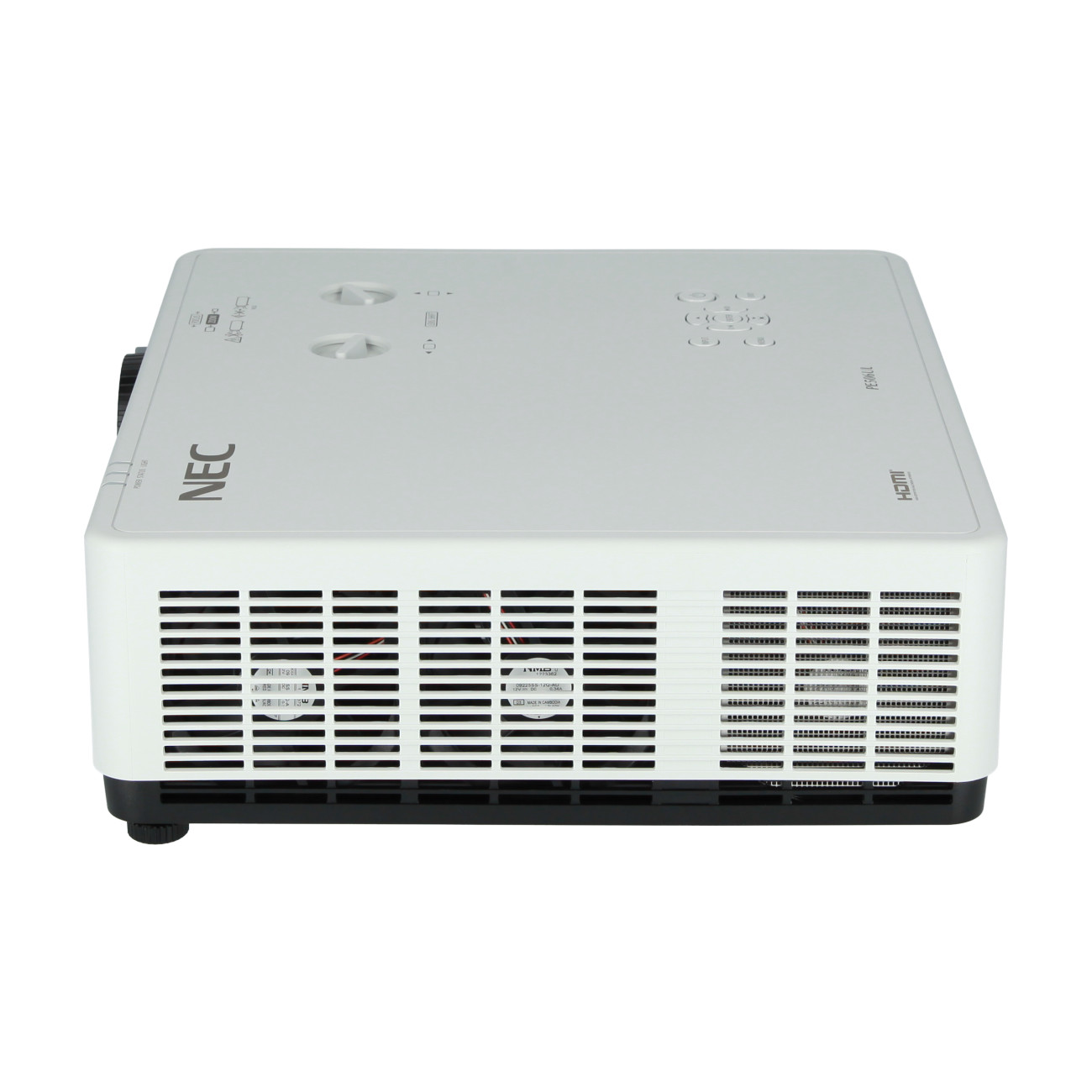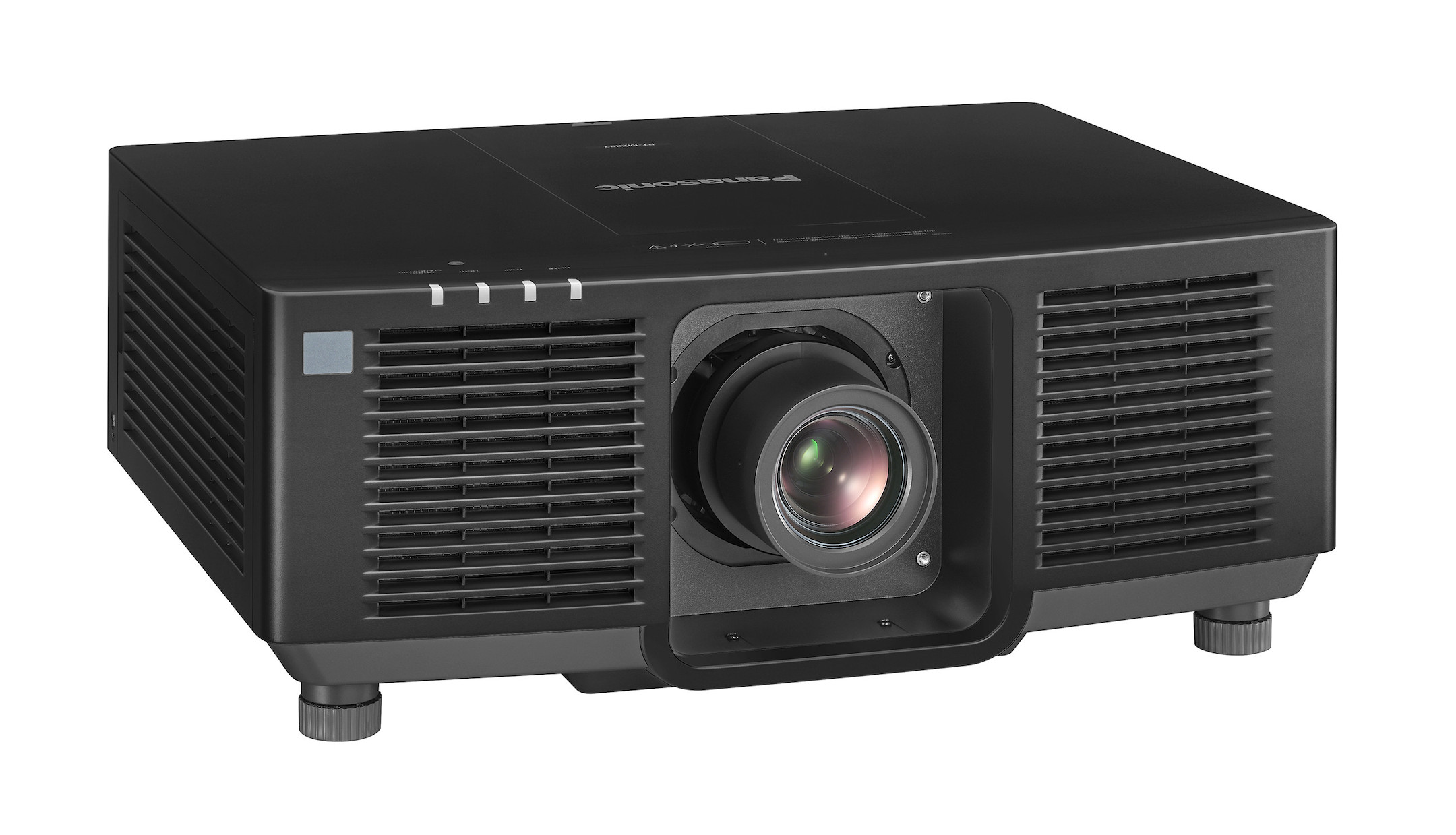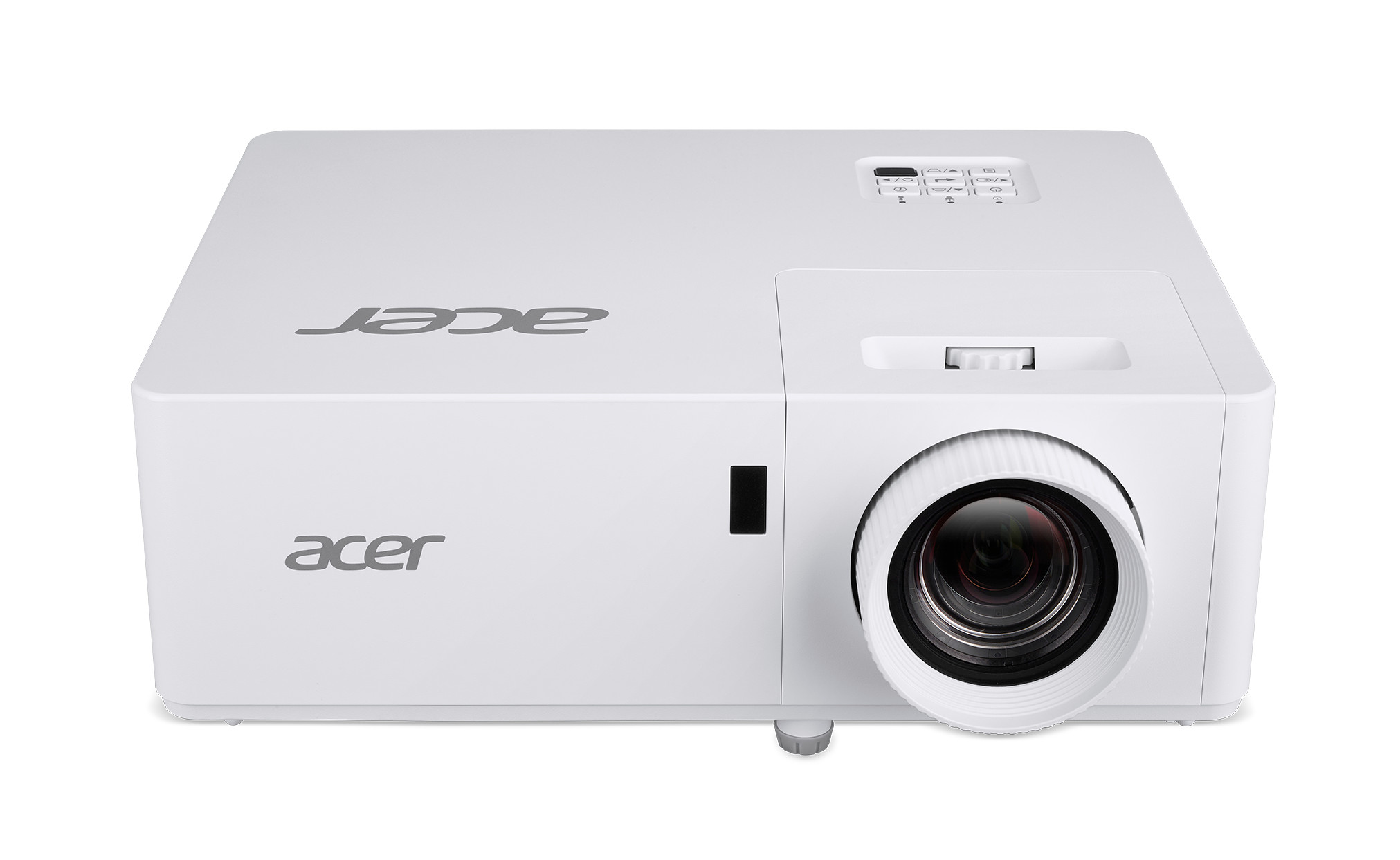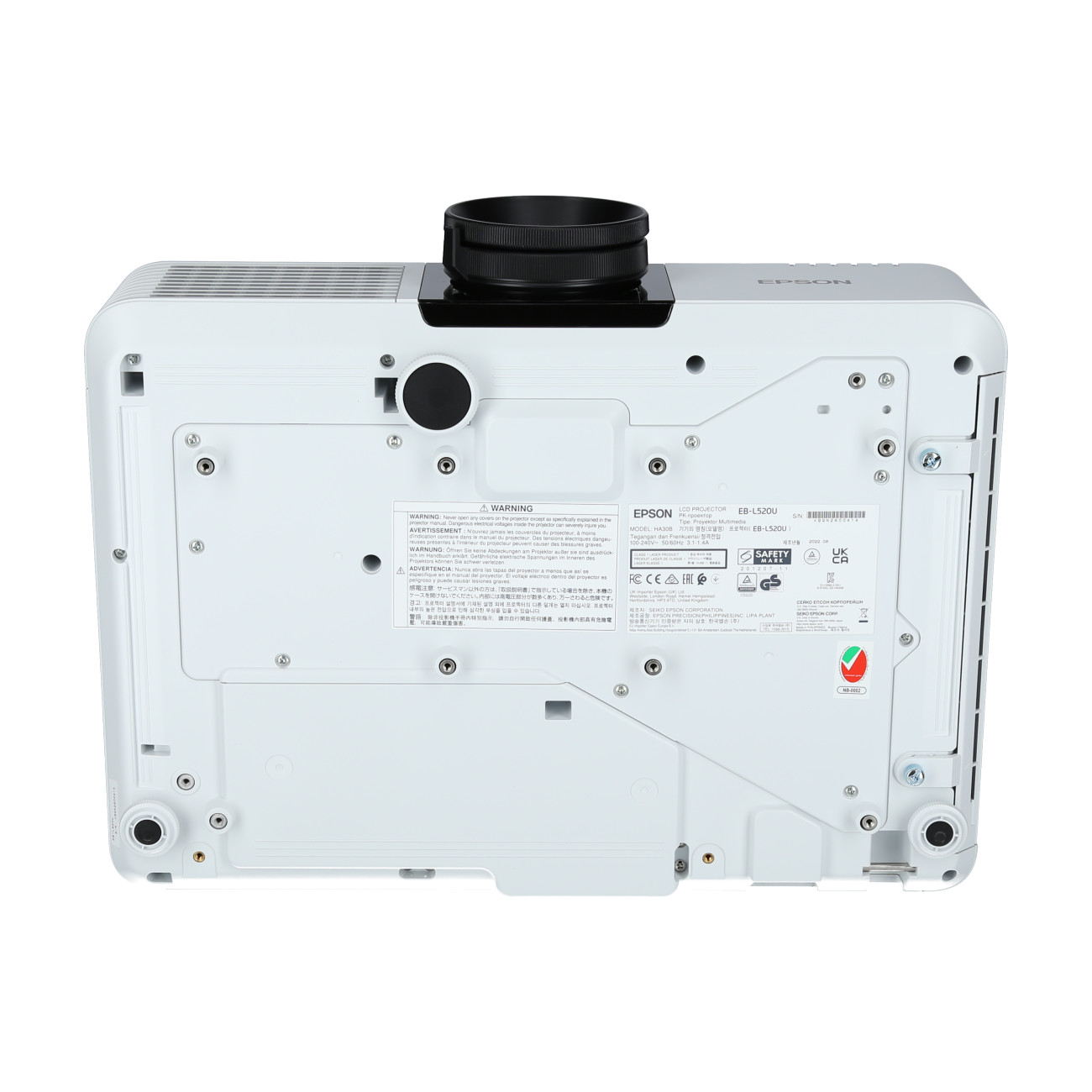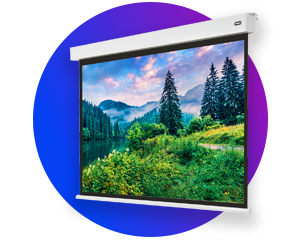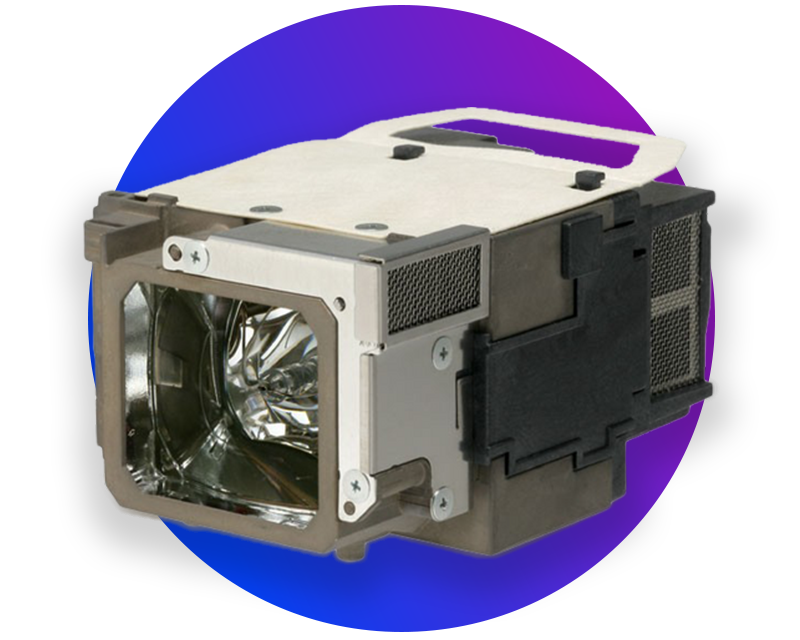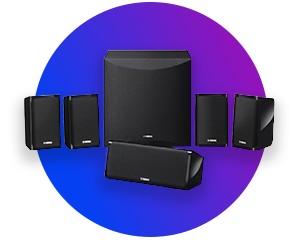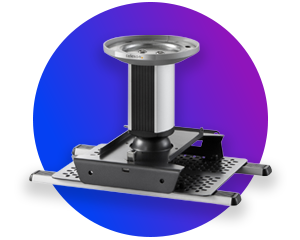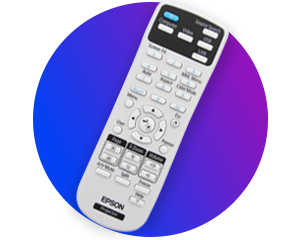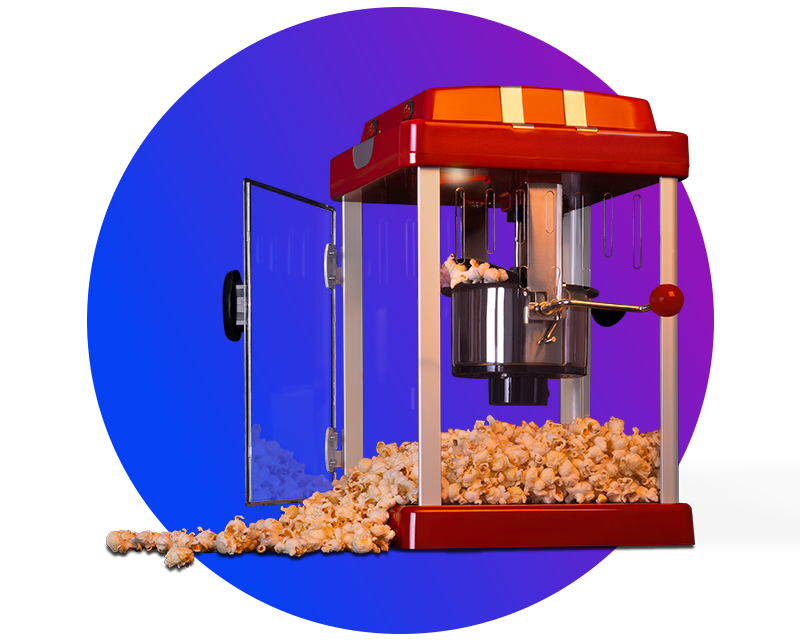Daylight projectors
Daylight projectors are designed for bright environments and ensure clear image projection even in ambient light - ideal for meeting rooms, classrooms, shops and trade fairs. Find out more about daylight projectors.
What is a daylight projector?
A daylight projector is specially designed for use in bright environments to ensure clear and easily visible image projection even in bright ambient light.
In meeting rooms or classrooms, the high ambient brightness means that conventional projectors do not provide sufficient brightness. Daylight projectors, on the other hand, overcome these challenges and deliver optimum image quality.
The advantages of daylight projectors at a glance
✓ Clear and high-contrast images: Image quality remains high even in bright daylight.
✓ Minimisation of reflections: Special image processing technologies reduce the reflection of ambient light.
✓ High sharpness of detail: With at least Full HD resolution, they offer razor-sharp images.
✓ Flexible in use: They are suitable for both bright and darkened rooms
✓ Suitable for outdoor use: Daylight projectors are ideal for outdoor use, for example for presentations or film screenings.
It all depends on the brightness
The light intensity, measured in ANSI lumens, plays a decisive role in the visibility of the image on daylight projectors. The higher the ANSI lumen figure, the clearer and more contrasty the image remains. Depending on the environment and lighting conditions, you need different light intensities - an overview:
Daylight projector for outdoor use: our tips
Daylight projectors that are used outdoors must fulfil special requirements in order to deliver a clear image even under difficult conditions. Here are the most important points to look out for when choosing an outdoor projector:
Brightness: at least 10,000 ANSI lumens ensure that the image remains clear and high-contrast even in daylight outdoors
Screen: Use mobile, weatherproof projection screens with a gain factor of at least 1.2 in order to optimally reflect the brightness
Weatherproof: Ensure a protection class of at least IP54, which protects against splash water and dust. Higher protection classes allow use in light rain.
Mobility: Choose a compact, lightweight model for easy transport and flexible use. Projectors with an integrated rechargeable battery offer additional independence.
Cooling: Efficient cooling is essential at high outside temperatures to prevent overheating.
Resolution: A Full HD projector is usually sufficient for clear images. For even sharper and more detailed results, opt for a 4K projector.
Projecting in daylight: how to make your outdoor experience a success
In our guide, you will find out what is important when projecting in daylight on the patio. We show you which projectors and screens are best suited to bright environments and give you practical tips to make your outdoor experience a complete success. Let us inspire you and get the best out of your projector - even outdoors.
How daylight projectors differ
Daylight projectors offer different technologies, each of which has specific advantages for different areas of application. Here is an overview of the most common modes of operation:
Laser projectors deliver high light output and sharp images. They are characterised by a particularly long service life and high energy efficiency. Thanks to their high brightness, they are ideal for use in brightly lit rooms.
UHP lamps offer a very high light output and are ideal for bright environments. They are more durable than conventional lamps, but must be replaced after a few thousand hours.
DLP projectors (Digital Light Processing) are characterised by high contrast ratios and fast refresh rates, making them ideal for use in films and presentations.
LCD projectors (Liquid Crystal Display) provide vivid projections and are ideal for projections in well-lit environments.
For a maximum viewing experience: projector accessories
Get the most out of your daylight projector with the right equipment. Discover our extensive range.



